September 2022
Winter's Coming- Are you Prepared with PPE?
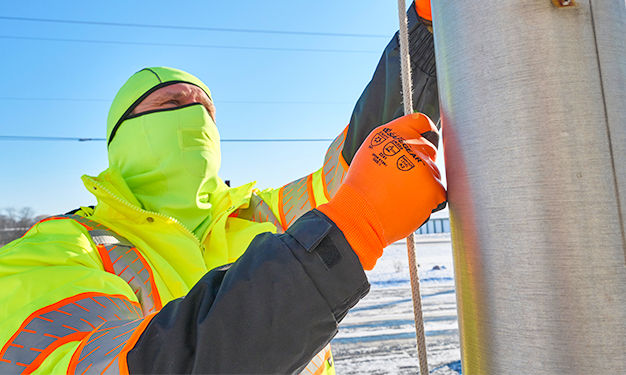
Did you know frostbite can occur in just 30 minutes when the temperature is 0°F with little wind, and less when temps plummet below zero or there’s a strong wind? If you have workers that need to work outside in the winter — even for short periods of time — you need to make sure they have the proper apparel to stay toasty and avoid cold stress. And the time to stock up on that winter apparel is now! With supply chain issues continuing to wreack havoc, it’s never to early to make sure your workers are prepared for winter.
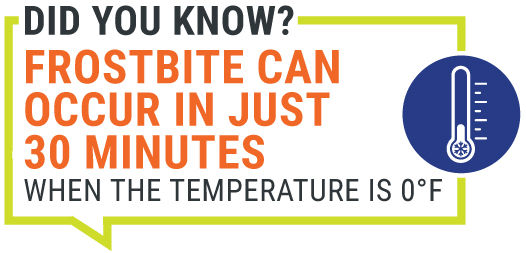
What is cold stress?
Cold stress happens when a person’s skin cools down and their body temperatures drop. It can lead to health problems, tissue damage, and even death.
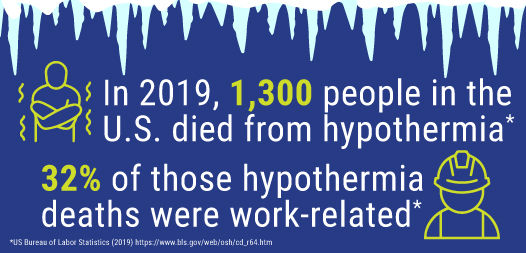
Effects of Cold Stress
Frostbite is when body tissues freeze, often the hands and feet. It can occur even when the temperature is above freezing due to the wind chill.
Symptoms: numbness, red skin with gray or white patches, blisters.
Hypothermia is when a person’s body temperature drops to 95˚ F or less.
Symptoms: shivering to start, followed by confusion, slurred speech, slow breathing, and loss of consciousness.
Trench Foot is a non-freezing injury to the foot caused by exposure to wet, cold conditions. It can occur at temps as high as 60˚ F if the feet are continuously wet.
Symptoms: redness, swelling, numbness and blisters.
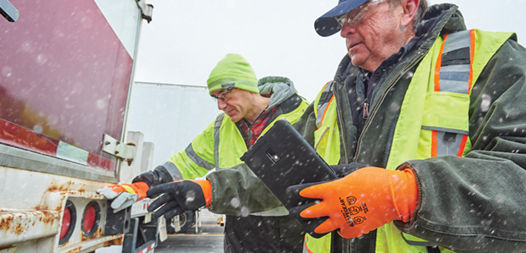
Keep cold stress at bay
Work doesn’t stop when the temperature drops, so how can your employees protect themselves?
Drink Up! They should stay hydrated with water, sports drinks, or juice and avoid caffeine as that will have the opposite effect! Their bodies will be burning extra energy to stay warm, which can lead to sweating and dehydration.
Dress right! Layers, layers, layers! Workers should wear three layers of loose-fitting tops — including a well-insulated jacket — and bottoms, plus make sure the following areas are covered.
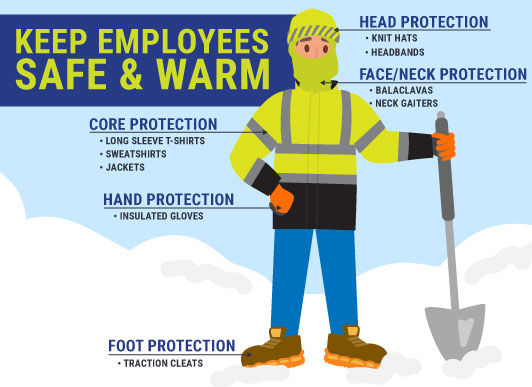
Stay Warm Head to Toe
Head — Hats lower the amount of body heat that escapes from the head. A warm hat made of a synthetic fabric will help retain insulation even when wet. A fleece headband keeps delicate ears warm and can be worn by itself or under a hat.
Face/Neck — Items like balaclavas and neck gaiters offer coverage for the nose, mouth and neck.
Core — Items like long sleeve t-shirts, sweatshirts, and jackets offer options for layering.
Hands — Insulated, water-resistant gloves to protect the hands are a must as it’s a common frostbite area.
Feet — Like the hands, the feet are extremely vulnerable to cold! An insulated, water-resistant boot is critical. If employees are working in snow and ice, traction cleats can help prevent slips and falls.
You can’t stop winter and its frigid temps from coming, but you can help workers stay warm and safe with the proper PPE! Stock up now to ensure availability.